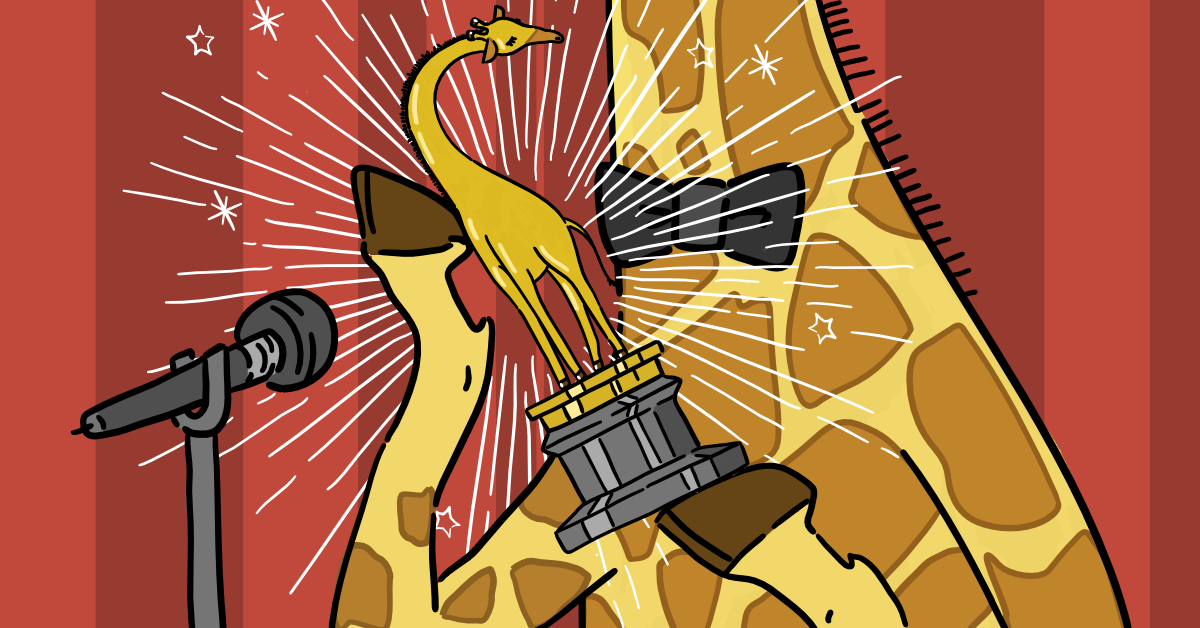February Golden Giraffe for Writing
The Browser newsletter celebrates the best writings and listenings from around the web, pieces of lasting value on any topic that surprise and delight. Every month we choose a winner for writing and a winner for audio, from the Browser’s expertly curated selection, for a cash prize of $100. At the end of the year, we select the best of the year for a grand prize.
And the Golden Giraffe for Writing, February 2019 goes to….
WINNER: In The Prison Of Your Skin
Gabriela Wiener | Guernica | 1st February 2019
A journalist’s account of life in a Peruvian prison, where she is studying the language of tattoos. “It was as if all of Peru’s criminals had moved into the most frightening neighborhood of Lima. And they all seemed to be roaming pretty freely. Until five in the afternoon they are allowed to move about unrestrained: they work, kill, get high, get tattoos, father children, buy electrical appliances, operate in gangs, and monitor robberies from their blocks using cell phones. If Plato had set foot in Lurigancho, he’d take back that famous phrase, ‘The body is the prison of the soul’” (3,200 words)
RUNNER UP: White Words
Aaron Bady | Popula | 11th February 2019
Do Eskimos really have 50 words for “snow”? Franz Boas claimed in 1911 that they had four, and the tally has risen with each subsequent re-telling. There is, in fact, no proper answer, because the question itself is so defective. “Eskimo” is a crude label covering at least eight ethnic groups with several languages. There are various words in those languages relating to various states of snow, just as there are various words in English relating to various states of water — sea, pond, ocean, river, tapwater, rainwater, ice, steam etc. Does English really have 50 words for “water”? Probably it does — and so what? (5,200 words)
RUNNER UP: Benjamin Kipling, Bell Tuner
Gentle Author | Spitalfields Life | 17th February 2019
A bell-tuner explains his craft. The foundry will cast a bell slightly thicker than necessary; the tuner then trims the metal by hand to yield precisely the tones required. “A nice bell should have a crisp, clear strike note, followed by the hum coming through underneath, and the hum should be stable and long-lasting. A bell has lots and lots of different modes of vibration, and each mode of vibration produces a different frequency. The standard for bell tuning for the last century has been to aim towards what we refer to as Simpson tuning, so the five lowest notes in the bell strike a minor chord” (2,550 words)
Congratulations to Gabriela, Aaron and the Gentle Author! We hope you’ll enjoy these treasures as much as we have.
